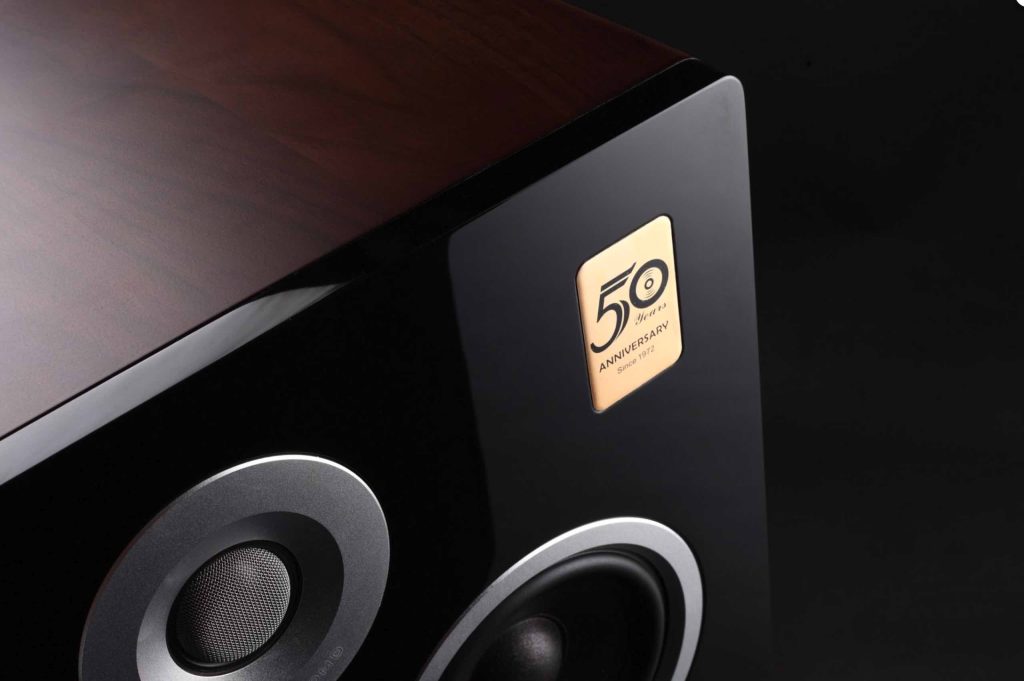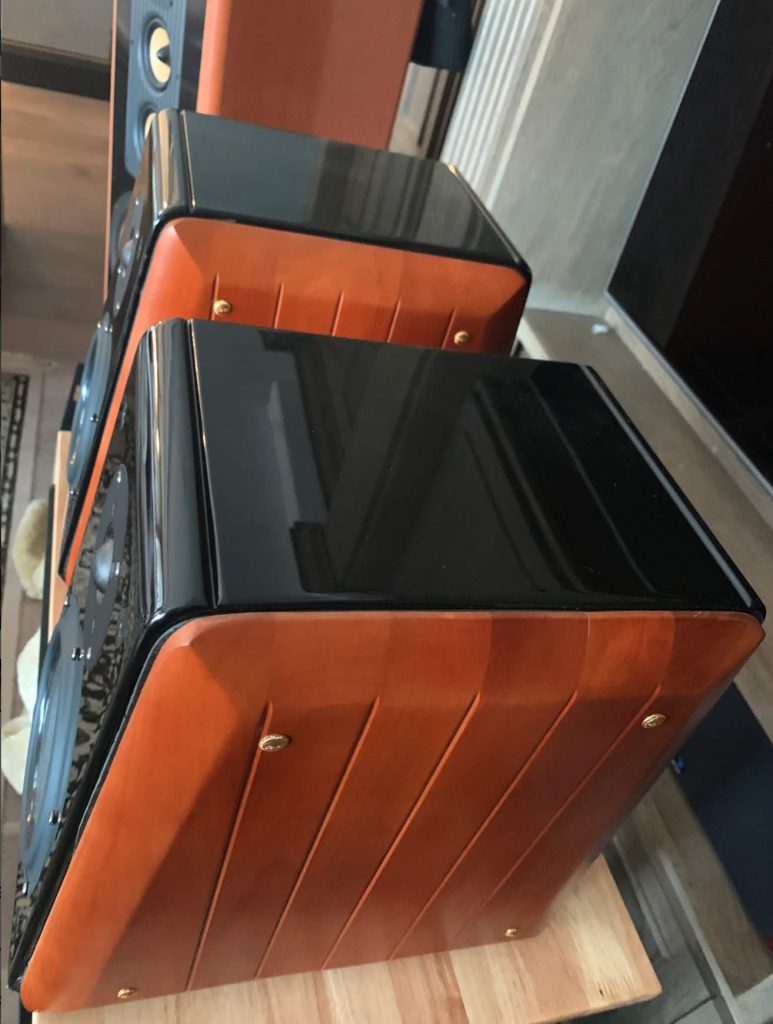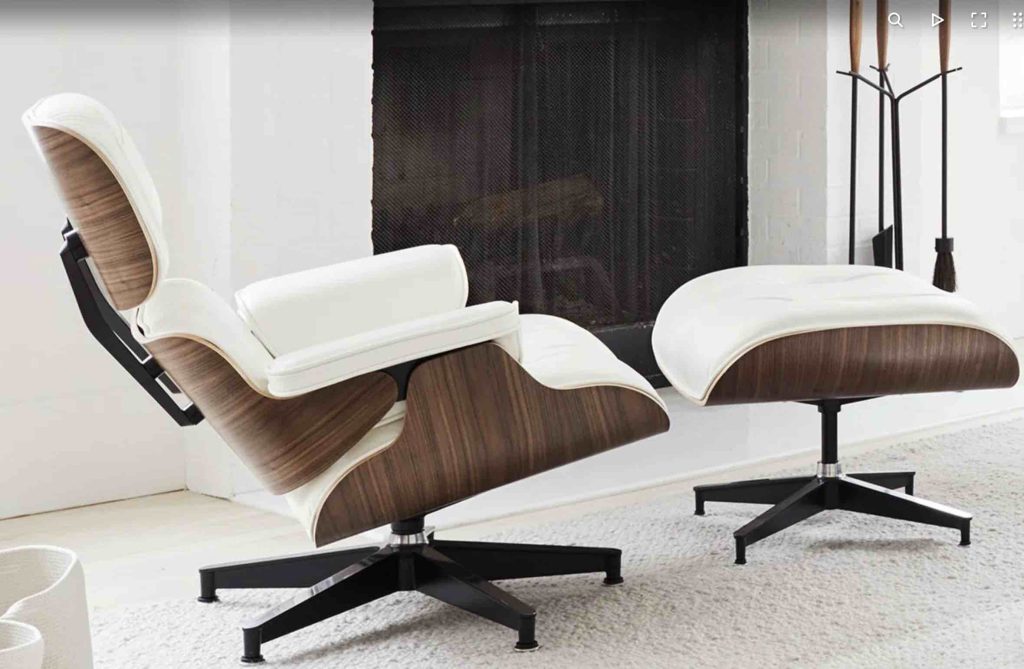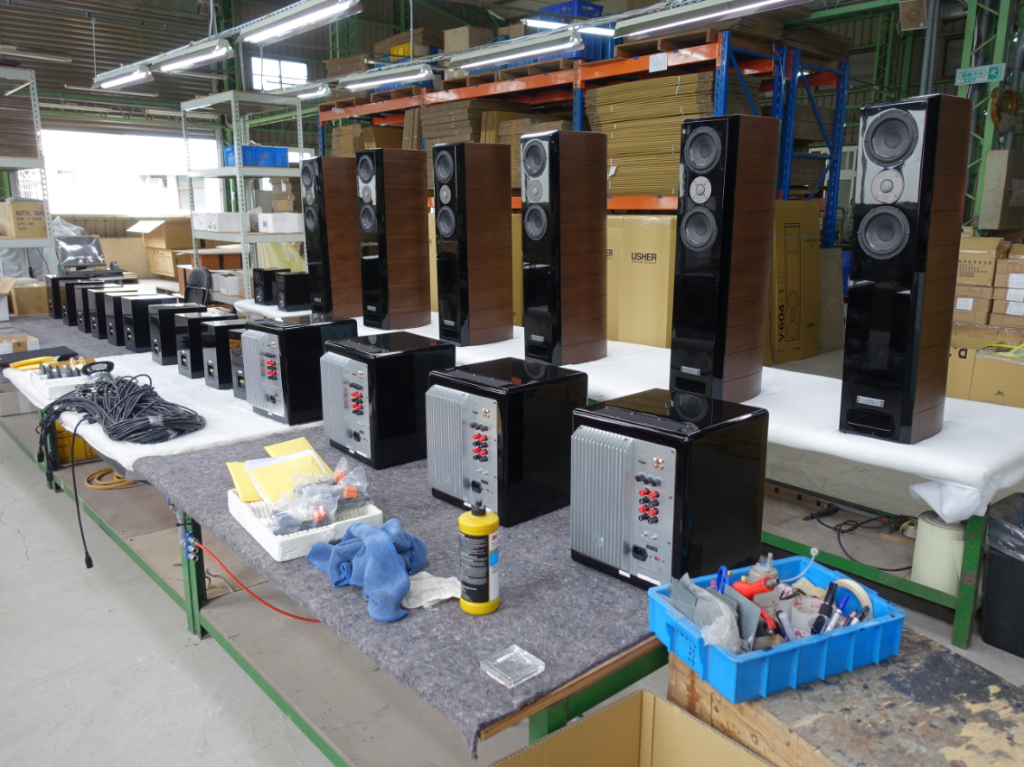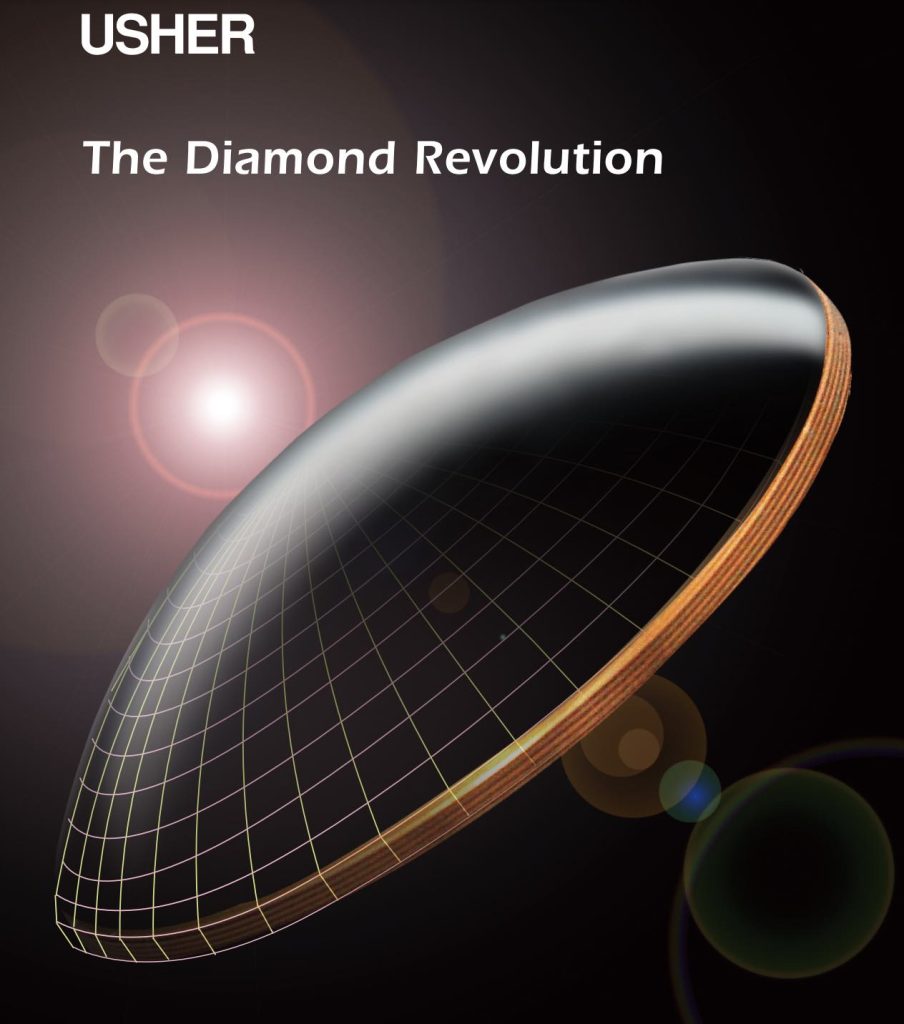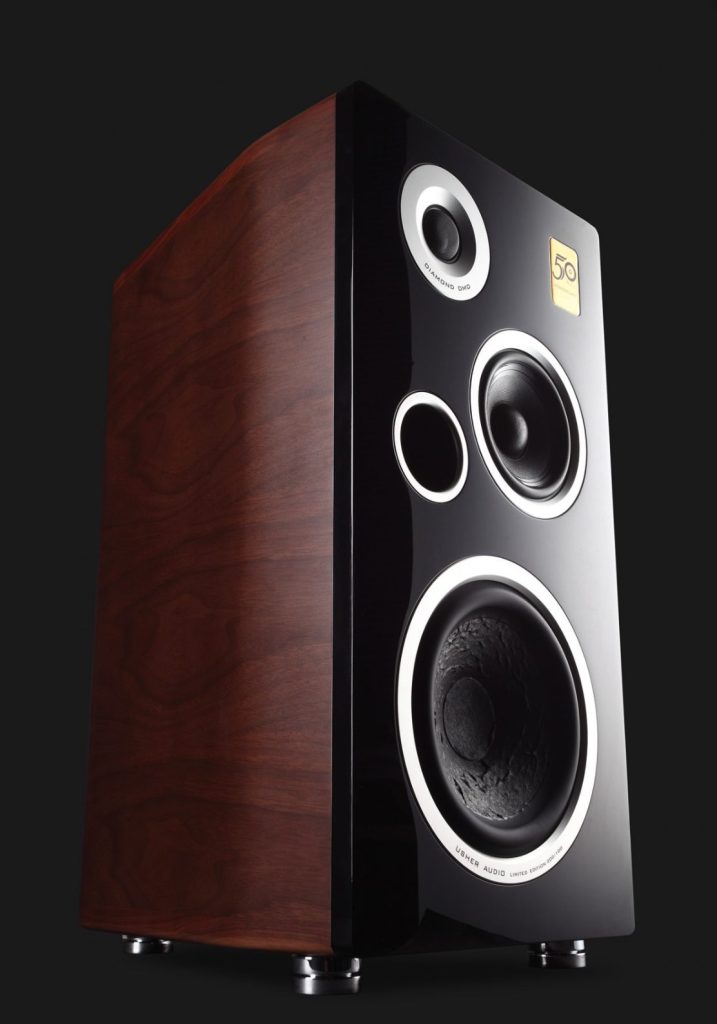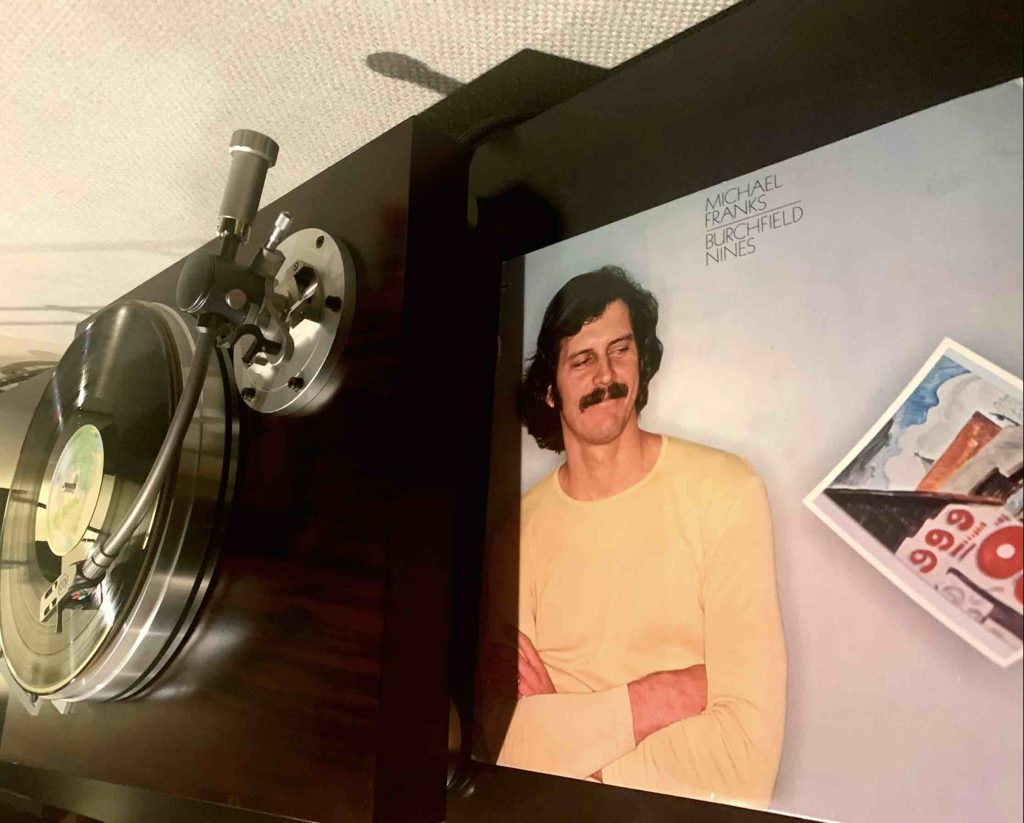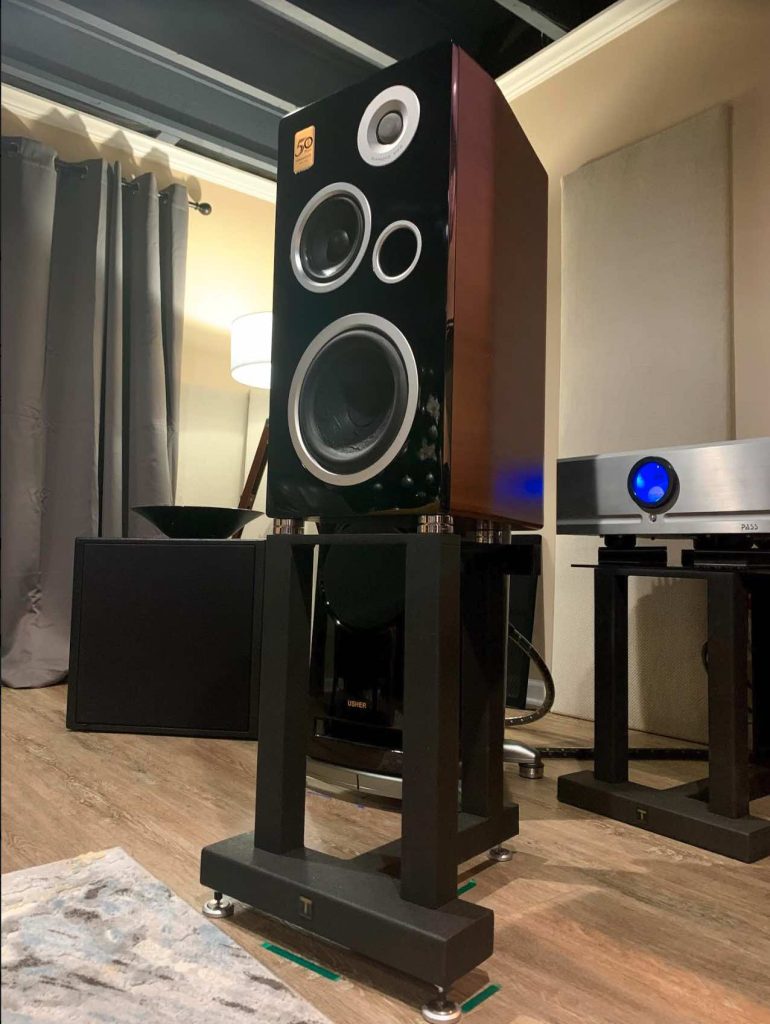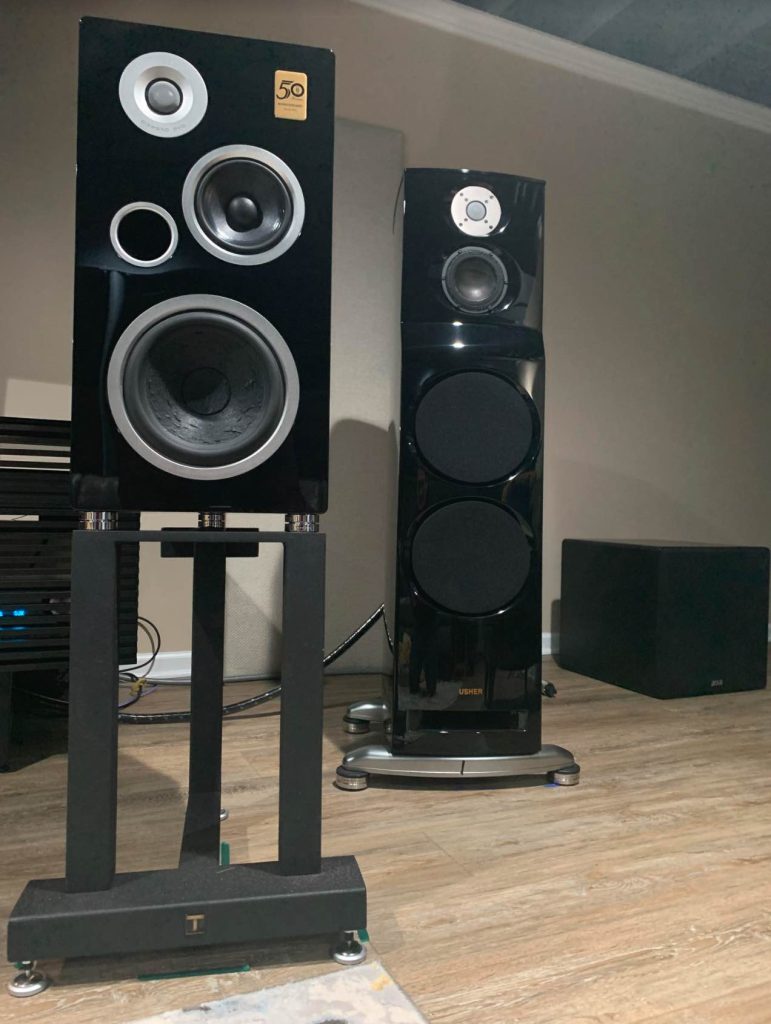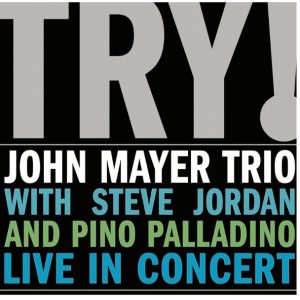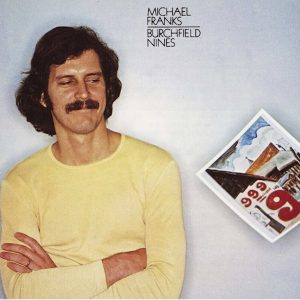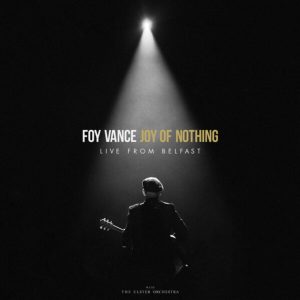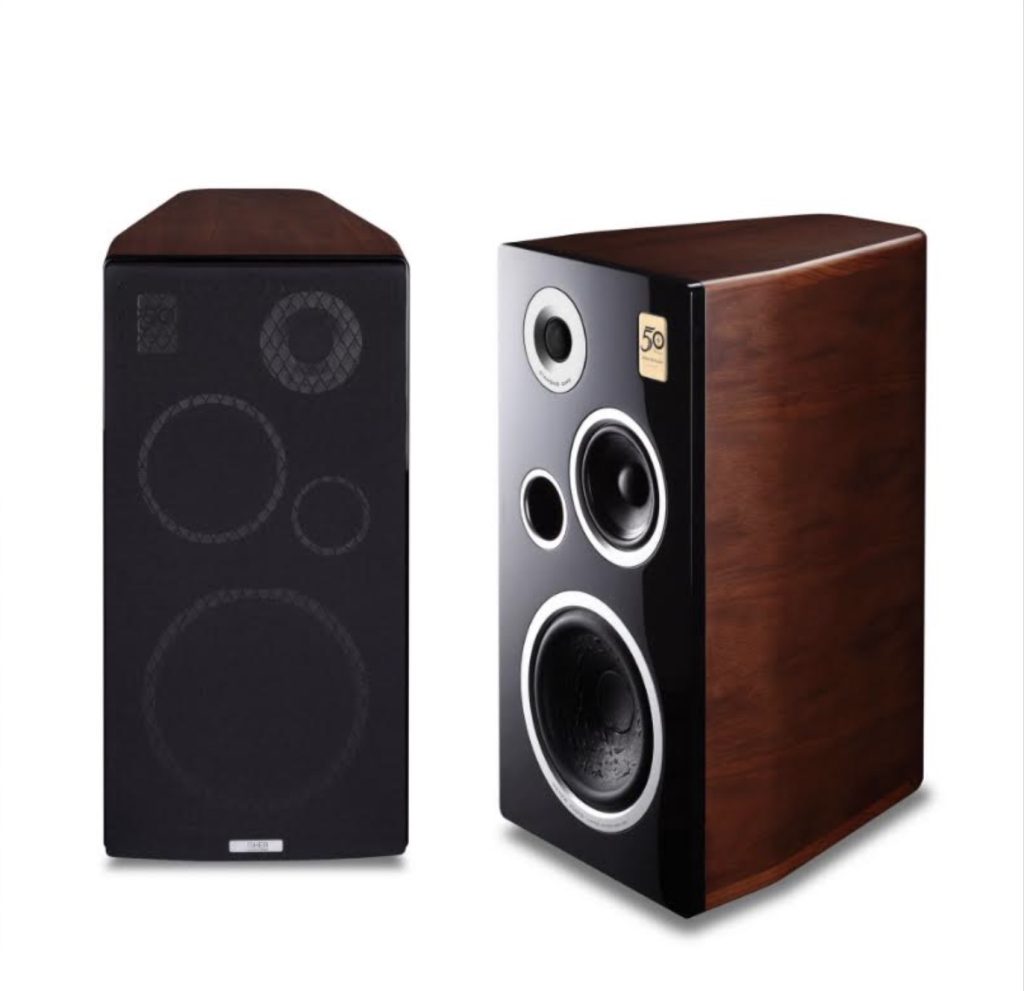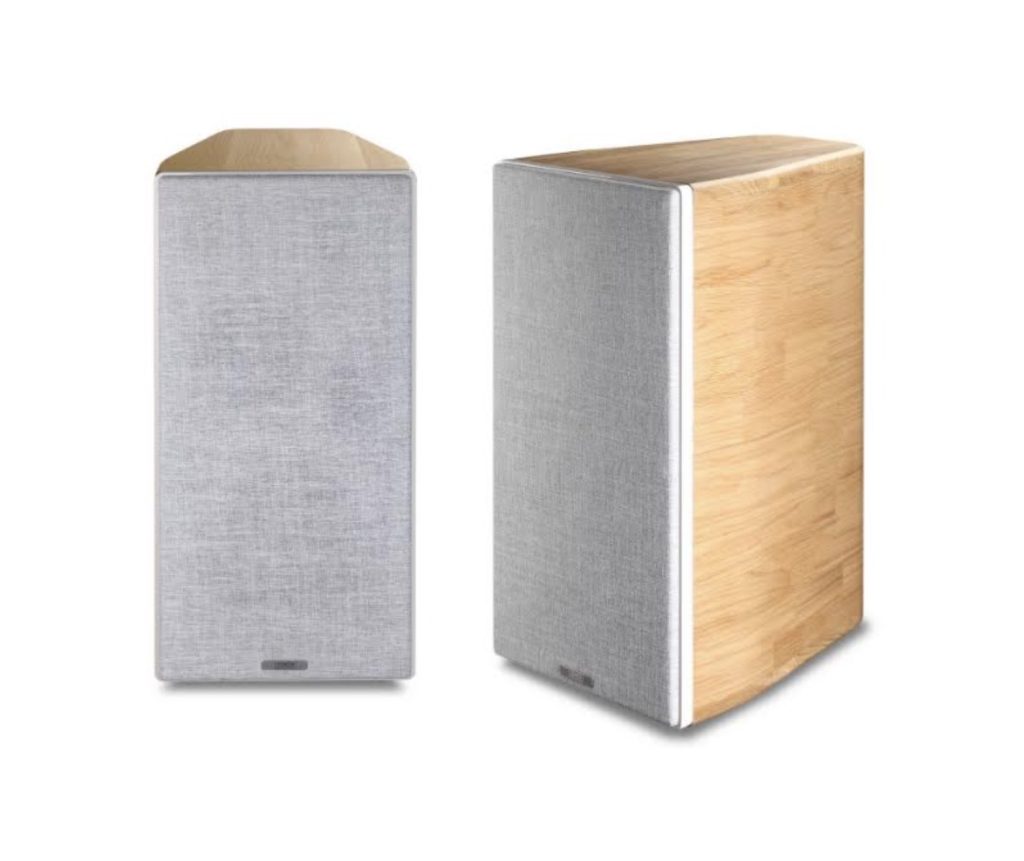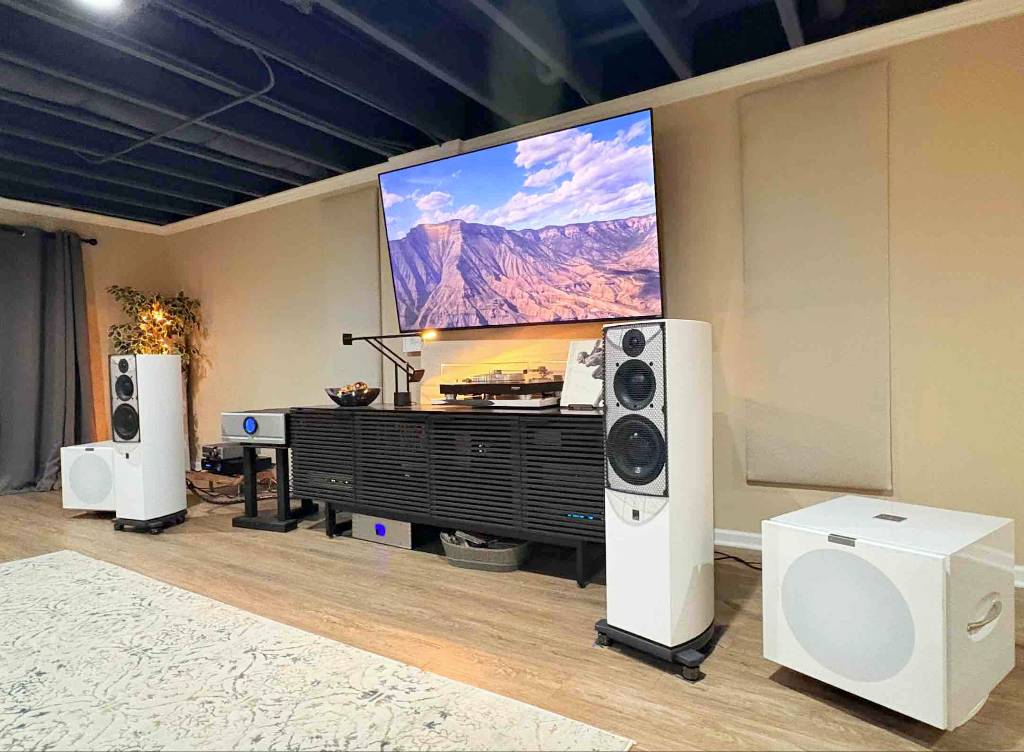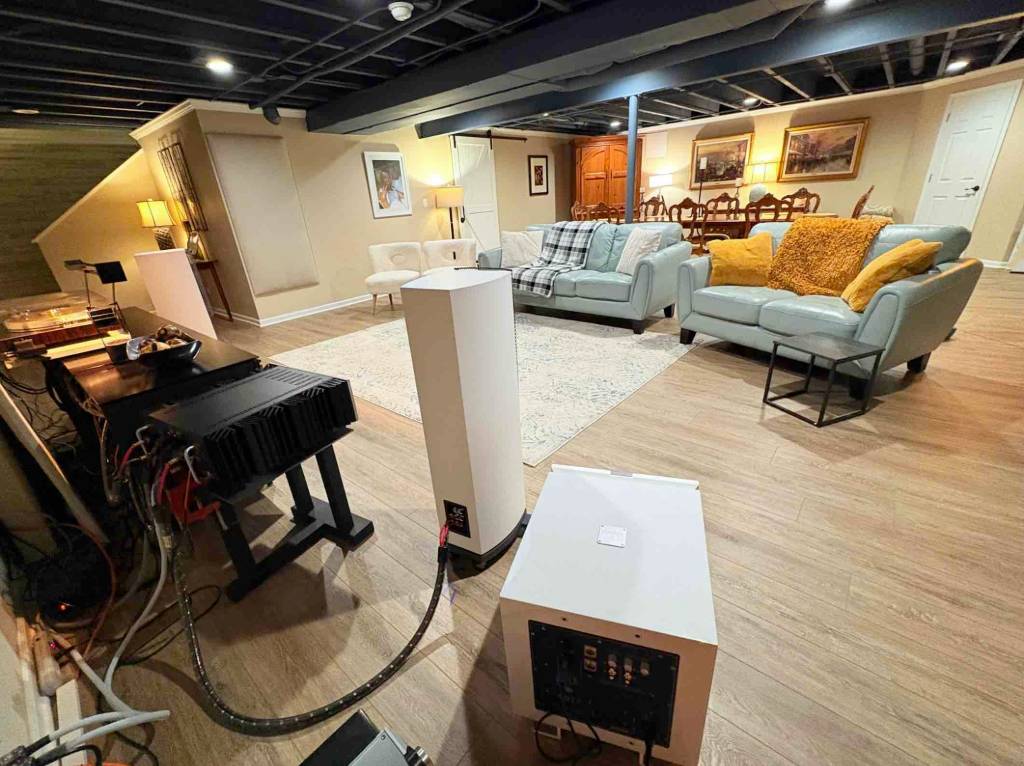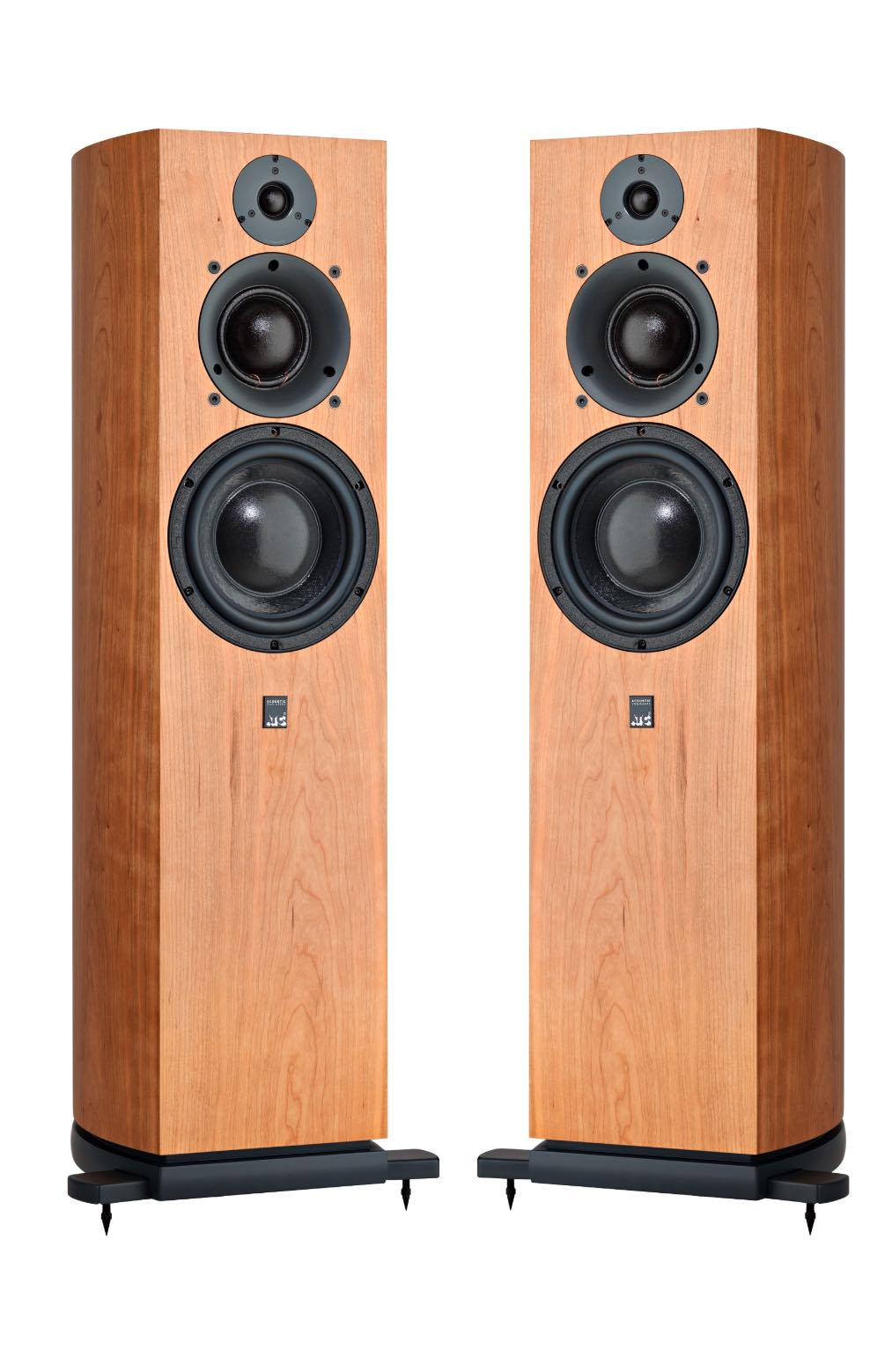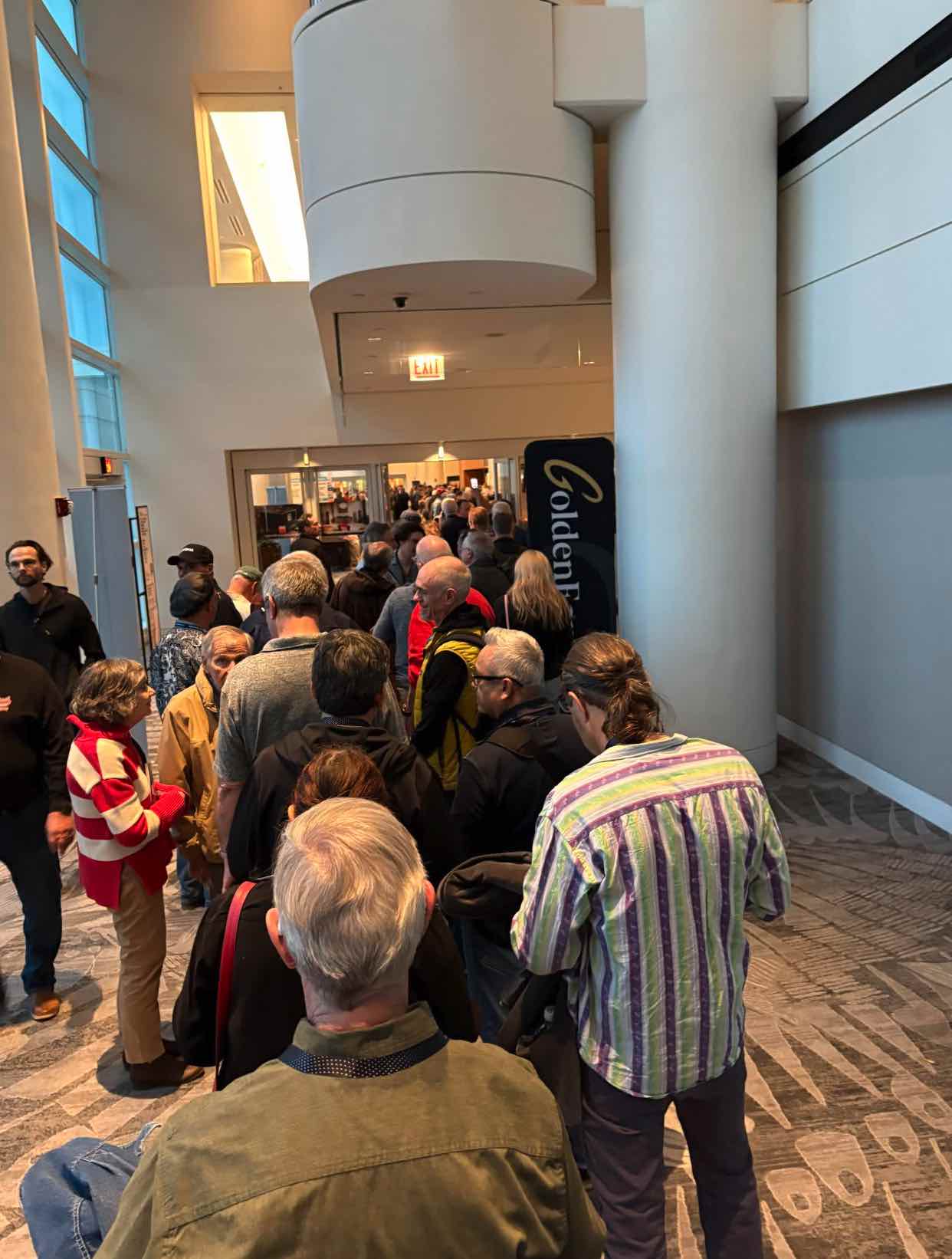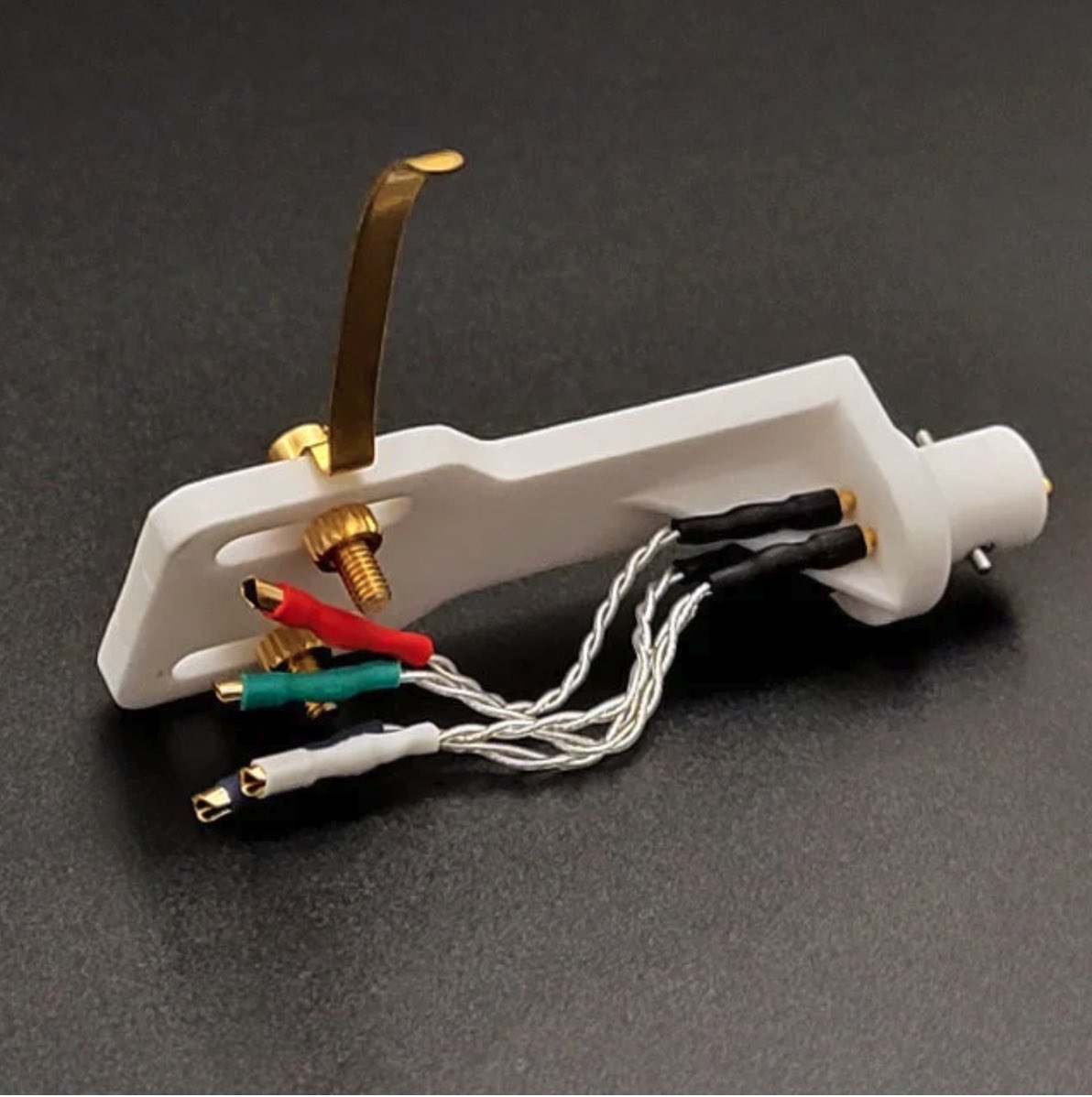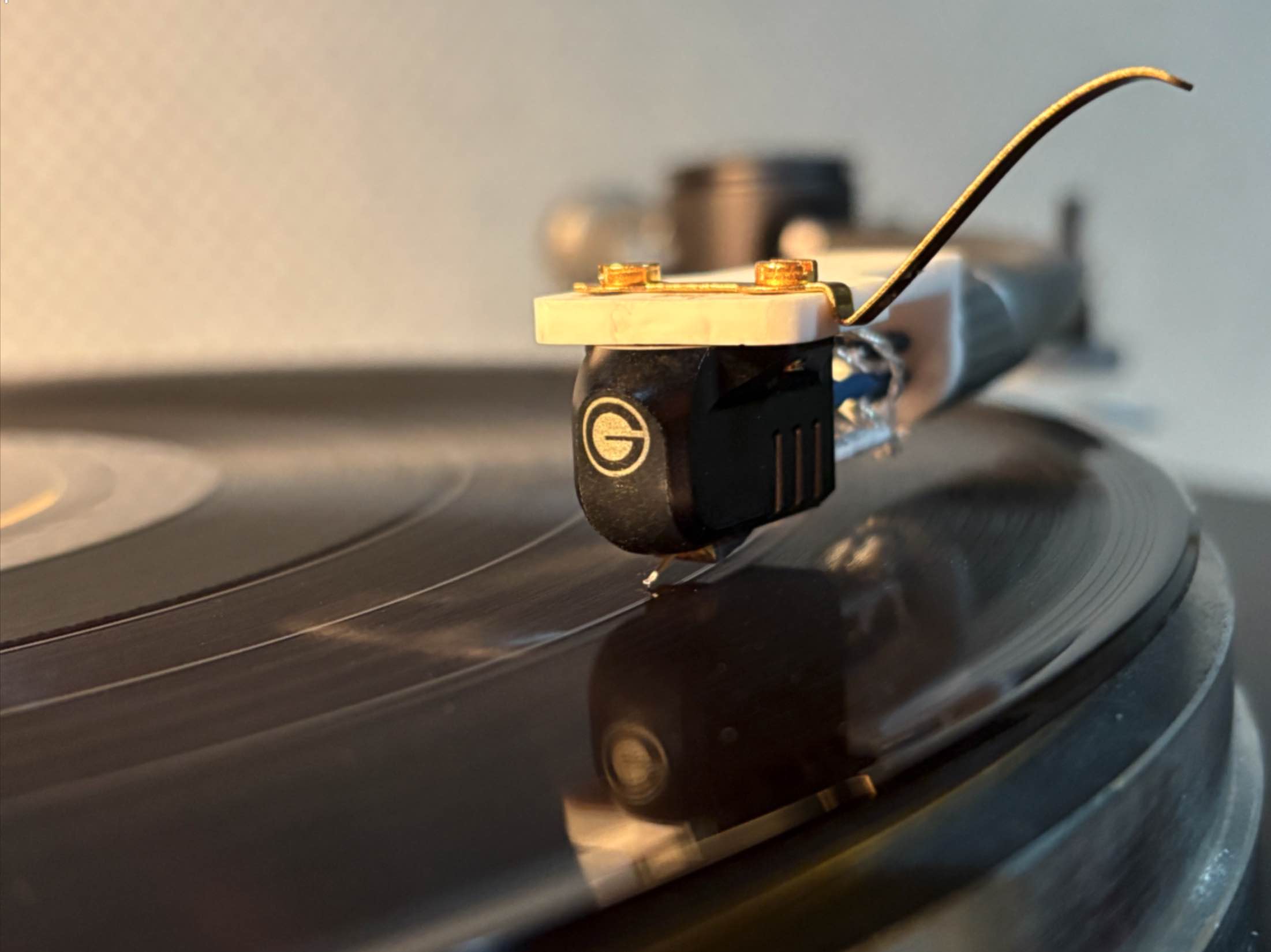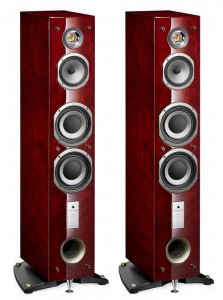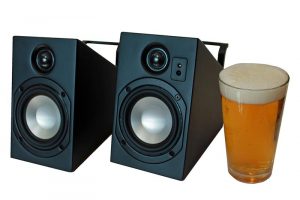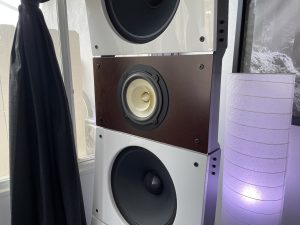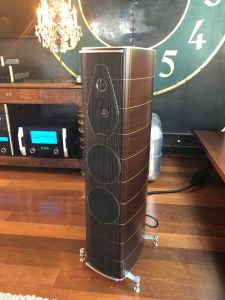Photo courtesy of usheraudio.com.tw
Suppose high-performance three-way monitors with a retro 80s vibe, a lush midrange, an updated curved chassis, and modern diamond tweeters pique your interest. In that case, the Usher Audio UA-50 Anniversary Loudspeakers should be on your radar. In celebration of its 50th anniversary as an audio company, Usher Audio produced 100 pairs worldwide that are selling fast!
A vintage pair of Usher Audio X-718 loudspeakers (image courtesy of www.audiogon.com)
A Dark Horse
Several years ago, John Brunner had sold a used pair of Usher Audio Compass X-718 stand-mount speakers on consignment out of his shop that he runs out of his single-story office building in Chicago's northwest suburbs. "They're excellent, actually," he said. "They were comparable to some KEFs and smaller B&Ws—if not better. They had great pulp drivers. These things had some serious bass!"
Based out of Taiwan—which is renowned for semiconductors, consumer electronics, and components manufacturing—since 1972, Usher Audio has been producing great-sounding loudspeakers that punch well above their price point. Another case in point: upon hearing a pair of their $14,750 piano gloss Macassar ML-801 towers I had in for review nearly two years ago, Joe Jurzec, an industry insider shook his head in disbelief.
"You realize those Ushers easily sound like $30,000 speakers," he said. "I bet if you opened them up and compared them, you'd see very little difference!" (You can read that review HERE). I eventually purchased the larger version, the ML-802, that boasted two, not one, 8" woofers each to accommodate my larger listening space.
But with a minimal marketing presence in the U.S. consumer audio market, Usher Audio remains an undervalued commodity, resulting in great value and performance for your dollar. This is one of the reasons I pounced on a pair of Usher Mini Dancer 2s that I reviewed back in 2018, and why Joe snapped them up when I sold them to upgrade to the ML-802s.
"When I look at their cabinet construction and their drivers, my expectation is that the cost should be about 50 percent higher than what they're bringing it to market for!"
—Kent English, Pass Labs
The Eames Lounge Chair (photo courtesy of www.2modern.com)
The Eames Touch—Great Passing Marks on Usher Audio
Kent English, Sales, of Pass Laboratories, the venerated U.S. manufacturer of Class A and A/B amplification products, has this to say about Usher Audio and their U.S. importer, Fred Kat:
"I think the thing that set them apart...was that they really kind of changed the paradigm of how things are typically done. I mean, if you look at how most speaker cabinets where they have curved sides, they start out with big blocks of MDF—Medium Density Fiber Board or High-Density Fiber Board—and they carve it.
A view from the Usher Audio factory floor in Taipei, Taiwan (photo courtesy of Usher Audio)
"The guys at Usher did this with formed plywood very similar to how the Eames organization produced its chairs and furniture, splints, and medical things back in the 1940s and 50s, where you take multiple layers of hardwood, you saturate them with resin, bend them around a form at high pressure, and cure them out so you get a very lightweight, incredibly strong structure. And it's a very labor-intensive and expensive way to go. And that kind of points to an engineering company that doesn't take the easy way around. They clearly put some real thought into it.
"Their drivers and electronics were very, very well done. I think their engineering was done by some European companies, and they hired Joseph D'Apolito, who is well-known in the speaker design circles, to design their cabinets and their crossovers. And it shows in the measurements! On the few reviews that you actually see all these pieces, the measurements are just as close to textbook perfect as you're going to find anywhere. And they do this at a cost that's far less than what you would expect. When I look at their cabinet construction and their drivers, my expectation is that the cost should be about 50 percent higher than what they're bringing it to market for!"
(You can read more about Usher Audio by clicking HERE and scrolling to the section entitled, "But First a Word on Usher Audio.")
Fred Kat, at right, with Triangle Art's Tom Vu at AXPONA 2019
The Kat's Meow on Set-up
Kent English goes on to sing the praises of Fred Kat, Usher Audio's U.S. Importer, with whom he's participated in high-end audio shows for Pass Labs:
Fred is a dealer for Pass Laboratories and...is also the importer for Usher Audio…so whenever we have paired with Fred, he's been using the Usher Audio loudspeakers, and to good effect, I might add! In my mind, Fred is one of the better-setup people in the industry. He is very meticulous about how he sets up a room. When he's done, you can be pretty well assured that the demo room can play any piece of music that anybody brings in. You don't cringe if someone comes in and hands you a flash drive and says, 'Can you play this?' You just take the flash drive, plug it into the system, hand them the remote, and let 'em demo whatever they please, at whatever volume level they please!
Diamonds - a Speaker's Best Friend?
In addition to the contemporary geometry of the UA-50's chassis with its curved backside that reduces back wave reflections, Usher adds a modern twist by employing a 1.25" diamond tweeter. Massimo Costa of Albedo Audio (based in Italy), who's worked with Accuton in the field of hard ceramic drivers, said, "Regardless of cost, I'm starting to think that diamond is the only way to avoid even subtle treble hardness completely...it might seem contrary but the really annoying issue of hard membranes is their high breakup distortion...their distortion in the audible band is low...(which is) exactly what you want. Ceramic tweeters push their breakup beyond our hearing threshold, to ∼30kHz depending on size...Diamond tweeters push their first breakup mode by 10 kHz or more. Now breakup effects in the audible band are less. That's why diamond tweeters sound softer than ceramics." (6moons.com)
It's said that diamond tweeters produce less distortion because they are stronger, stiffer, and lighter while not being overly bright; with an initial breakup mode at around 75 kHz or more, they compare favorably to more conventional tweeters using other materials which tend to break up at about 25 kHz. (referenceaudio.co.uk)
Now Usher's Diamond DMD (Diamond-Metal-Diamond) tweeter employs a diaphragm that eschews the more traditional Chemical Vapor Deposition Method (CVD) of synthetic diamond application—which can result in higher mass and unfavorable resonances—for their DMD (Diamond-Metal-Diamond) approach of sandwiching a proprietary metal alloy in between coatings of synthetic diamond on both sides that results in lower mass and improved sonic characteristics, Usher Audio says (read more HERE).
Combined with a more traditional 5.25" pulp midrange (the midrange driver diaphragm is made of paper fiber, carbon fiber, and Kevlar) and an 8" bass driver (paper fiber with carbon fiber) the results are stunning.
The Usher Audio Anniversary UA-50 Loudspeaker (photo courtesy of Usher Audio)
But, Wait, There's More: A Word from the Usher Audio Factory
I reached out to Fred Kat—who, in turn, contacted the Usher Factory—for more specifics on their UA-50s construction. Several days later, they responded with the following:
Cabinet Structure
The speaker features an asymmetrical design with a wider front and a narrower rear. The curved wood measures 30mm in thickness and, combined with an internal reinforcement structure, not only provides ample rigidity to the enclosure but also reduces unnecessary resonance, minimizing mutual interference of internal reflections and standing waves within the speaker. This effectively controls sound coloration within the enclosure. The front baffle of the speaker has an overall thickness of 42mm, enhancing structural stability and delivering a more composed sound during high dynamic bass performance. The mid-range speaker, designed with a sealed enclosure, is complemented by appropriately soft internal sound-absorbing materials, reducing sound coloration and enhancing transient response for improved frequency performance.
Crossover Network
Utilizing specially crafted ultra-low-loss angle (D.F value) high-performance PMT capacitors (Metallized Polypropylene Film Capacitors), in conjunction with air core inductors and high-power resistors, significantly minimizes passive component losses affecting the frequency response.
Driver Features
Tweeter: The diaphragm employs a three-layer composite structure of DMD Diamond, possessing ideal characteristics of lightweight, high rigidity, and low distortion for optimal high-frequency performance.
Mid-range: Utilizing a composite material diaphragm made of high-strength carbon fiber, Kevlar, and paper fibers, coated with a special surface treatment, combined with a rubber surround offering elasticity and flexibility, resulting in transparent and natural mid-range performance.
Bass: The driver diaphragm incorporates carbon fibers into paper fibers to enhance structural strength, achieving exceptional rigidity and appropriate damping qualities. Even under high dynamic performance, the long-stroke design prevents distortion or deformation of the diaphragm, delivering substantial and well-defined low-frequency sounds.
All that sounds good, but experiencing the Usher Audio UA-50s first hand is where the magic begins.
Wow Factor
Being familiar with the Usher house sound, I had a feeling that these stand-mount speakers would play well, but I had no idea they would impress this much!
Standing 23.62" tall by 12.4" wide upfront (they taper back to roughly six inches in the rear), and 17.32" deep (60 cm x 31.5 cm x 44 cm), at 61.73 lbs. (28 kg) they bear a passing resemblance to a pair of JBL LL112 monitors from 1981. Upfront near the inner top corner—opposite a small decorative, metallic gold rectangle stamped, "50 Years Anniversary Since 1972"—is their 1.25" DMD tweeter; below the small placard is a 5.25" midrange driver; a little lower to the opposite side is a port; and centered below that is an 8" woofer. Two pairs of high-quality cable binding posts adorn the cabinet's rear that comes with metal jumpers and can also be bi-wired or bi-amped. The speakers come with removable, cloth-covered grills and three snazzy, shiny circular metal puck-like decoupler devices that can pass for jewelry (each device has two halves, with one half featuring a spiky nub that partially seats in a small recess of the other and rubber anti-skid O-rings seated on their contact surfaces to keep the speakers from sliding on their stands). The UA-50 is available in either dark walnut or white birch.
As an option, you can purchase speaker stands from Usher, however, Kat said that he didn't carry them, as they're surprisingly expensive, and he prefers the Sound Anchor Compact 7 speaker stands ($787/pair) that are custom-made to order (I ordered mine at 19" H x 12" wide up front and 6" wide at the rear).
Sitting atop the Sound Anchor Compact 7 stands, they looked stunning and regal. When she first saw the pairing, Belle—who loves fashion and is rarely impressed with audio gear aesthetics—said the UA-50s "look really good" on the Sound Anchors. (She had disliked their appearance when I sat them on bar stools after they first arrived.) As mentioned earlier, a total of 100 pairs were released for production worldwide, with only 10 pairs allocated for the US market that Fred Kat quickly secured.
The Usher Audio Anniversary UA-50s atop the Sound Anchor Compact 7 speaker stands, on the left, with the Usher Audio ML-802s to the rear at the right
From an aural standpoint, it was as if they took the signature Usher sound—slightly warm, and lush—and blended it with the warmth and intimacy of Harbeths! Comparing it to my reference Usher Audio ML-802 loudspeakers, they sounded sweeter through the midrange and more forward, focused, and up close (whereas my ML-802s sounded more neutral, open, and robust through the lower bass region). Like the ML-802s, they shine when fed with high-quality sources, components, and peripherals like the Micro Seiki turntable, Schiit Yggdrasil DAC, Pass Labs amplification, Richard Gray's Power Company RGPC 1200, and Straight Wire cabling (you can read more by clicking on my byline at the beginning of the article).
Jurzec, who'd purchased the Mini Dancers from me, was mesmerized and announced that the cohesiveness from top to mid-bass was spectacular. Other audio enthusiasts who dropped by for listening parties had similar responses.
For example, on my old reference, the John Mayer Trio's live performance of "I Got a Woman," the UA-50s move some serious air as Steve Jordan's crisp snare slams with a percussive thwack, his toms and bass drum kick you in the chest, while Pino Palladino's electric bass line rumbles thick and dirty. They're bold and direct, letting their hair down as Mayer's Stratocaster growls and whines and Mayer's vocals shift from falsetto to a gritty chest voice before a packed House of Blues crowd (Try! Qobuz FLAC 44.1kHz 16-bit, Columbia Records, November 22, 2005).
Peter Gabriel's "Shock the Monkey" has plenty of slam, precision, and pop—from Manu Katche's clacking wooden drumsticks and thudding kick drum to David Rhodes' acoustic guitar solo and Gabriel's raspy intoned lyrics, "Cover me when I run/ Cover me through the fire..." (Peter Gabriel, Back to Front. FLAC 44.1kHz 16-Bit file. Real World Records, June 23, 2014). However, something is missing in the lower bass region. Take Tony Levin's electric bass, for example.
"They were smooth and detailed, yet lacking some of the bottom end of their big brothers," audiophile, and mechanical engineer, Bob Miller, noted.
However, by turning on the 18" active Bag End Infrasub I have in for review and turning its volume up a few notches, the problem's solved! Serious rumble, reverberations, and a palpable sense of the concert hall's space flood the room, garnering nods of approval. That said unless you're playing loud and heavy rock, rap, electronic or dub music, the subwoofer's unnecessary.
"They have great power handling," Jeff Kenton, audio enthusiast, and retired capital equipment salesman texted. "Huge soundstage. Great detail."
Later solo listening confirmed these impressions.
Michael Franks' soft tenor soothes and charms in the tender ballad, "Dear Little Nightingale," teamed up with Leon Pendarvis' glowing keyboard, Steve Gadd's lightly tapped snare and cymbals, and John Tropea's tasty guitar licks, you're whisked away to the afterglow of dinner and drinks with friends (Michael Franks, Burchfield Nines. Vinyl. Warner Brothers, 1978). The UA-50s capture the analog warmth with its luscious, rounded, and full-fleshed waveforms, combined with a balance of textural detail and tone as rendered by the Ortofon MC Cadenza Bronze cartridge affixed to a GrooveMaster 3 tonearm. It's enticing and intoxicating, an aural cocktail of the first order!
With Foy Vance's "Closed Hand, Full of Friends," there's a real sense of Belfast's expansive Waterfront Hall's scale as horns, woodwinds, timpani, and an entire symphony swells, then fades as John Willis' piano segues, keeping time with somber repeated, single notes in four/four time (Foy Vance, Joy of Nothing Live from Belfast (with the Ulster Orchestra). Qobuz FLAC 96 kHz, 24-Bit. Atlantic Records UK, December 15, 2023). Lusty cheers and applause greet Foy Vance's gritty emotional vocals sounding like a hybrid of Bono and a younger, Irish alternative rook version of Van Morrison. Odd and thuggish looking with his shaved head, handlebar mustache, a vintage flat cap, and tweed jacket, he sings in tandem with the piano and is soon rejoined by the Ulster Orchestra in a powerful anthem that envelopes the room with palpable pomp, soundstage, and realism. It's as if this regal event is occurring directly in front of you.
In "A Little Happy Talk," the Usher Audio Anniversary UA-50s spotlight the breaths, textures, and brilliance of Teryn Ré's vocals that evoke Nancy Wilson's mezzo-soprano and the influences of Sarah Vaughan, Carmen McRae, and Frank Sinatra as she covers Rodgers' and Hammerstein's "A Little Happy Talk" (Teryn Ré, Teryn Ré Big Band. Qobuz FLAC 44.1 kHz, 16-Bit. Teryn Ré, 2014).
"'A Little Happy Talk' is actually a medley of 'Happy Talk' and 'Little Unhappy Boy' inspiring by the Cannonball Adderley and Nancy Wilson album," Ré writes via email. "My co-writer at the time, Sean Barrett, and I arranged this during our time in graduate school between 2011-13. I've always loved Nancy's voice, and the album with Cannonball has so many lovely tunes."
The accompanying double bass in the opening moments is rich, resonant, and resolved; buttery piano ivories and brushed drums join in, followed by muted trumpet and horns—and next thing they're swirling and swinging an inspired big band jazz session! A vocal jazz ensemble director and voice instructor at Azusa Pacific who teaches at four colleges, leads Sunday worship services, and gigs at venues like The Baked Potato in North Hollywood, California, Teryn Ré shines big and resplendent on the UA-50's wide soundstage.
Concluding Thoughts
The Usher Audio UA-50 Anniversary loudspeakers are very impressive, delivering detailed, and wide-staged imagery, cohesive top-down from their diamond tweeters through a rich and lush midrange, into the mid-bass, and a little below. On their own, they render a variety of material from classical to jazz, blues, and rock. Combined with quality sources and electronics, they're quite compelling. And if you need extra lower end, you can always deploy a quality subwoofer (or, better yet, a pair of subs) to your heart's content. However, for the vast majority of time spent listening to them, the thought rarely crossed my mind. They really drew me into the music.
Summed up, if you're into an immersive audio experience, high-performance three-way monitors with a slick retro 80s vibe, a lush and detailed midrange, and modern accouterments like an updated curved chassis and modern diamond tweeters, the Usher Audio UA-50s just may be your end game. But, don't wait long; there are only a few left!
Usher UA-50 Anniversary Loudspeakers
Retail: $7800
Usher USA
Usher Audio




